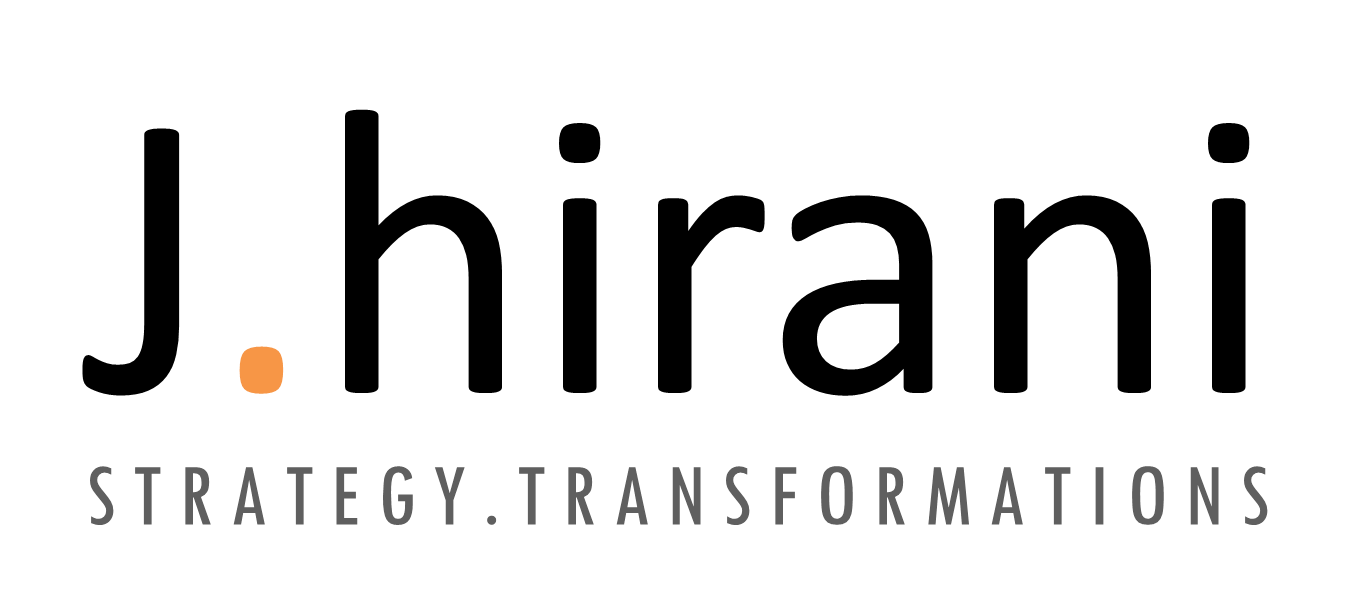Communication is for collaboration
Communication acts as organizational blood. Why is it important to recognize that communication and collaboration are one and the same? Communication allows relationships to function, and the functioning of those relationships allows collaboration to not only arise but to be productive. More collaboration equals more business success…it’s that simple.
Collaborative communication is the process in which every individual matters and all their needs matter equally.
Impact of Improper Communication
Due to widespread of improper communication, an organization as a whole has to bear consequences of delayed projects, duplication of work, dissatisfaction among customers and team members which in turn leads to unnecessary cost and stress to the organization.
Reasons of Communication Failure
Ineffective communication may stem from poorly aligned strategy, a failure to execute the strategy, use of the wrong communication vehicle, bad timing, and even nuances such as word choice or tone of voice.
More focus on “HOW”.
Many of the time leaders communicate with the team on HOW the task should be done rather than explaining them WHAT they are planning to achieve by doing particular task and the need of doing that task (WHY). What and Why are essential; How can be decided later on.
Too much communication
In matters of communication, more is not necessarily better. If everyone is busy communicating, no one is really focusing on getting any work done. Sure, too little communication can result in low morale, confusion about what’s expected, and mistakes (or disasters) because key information is lacking. But the other extreme; too much communication can be just as bad.
Improper Sequence of communication
In which sequence to communicate is also important. The desired outcome is determined based on the sequence of communication. Well-structured sequencing in communication is inevitable. The sequence through which we present and share that thing determines not only the value and meaning people give to it and the ease and speed with which they understand it but also how they regard us. Here are few tips to get the sequencing right.
1. Think of your communication as a
story; know how you want to influence your audience – how you want them to feel
– each and every step of the way.
2. Start well; get audience’s
attention immediately.
3. Know your content completely;
create natural transitions so that each part flows into the next.
4. Be clear about the key messages and
how they relate to each other.
5. Repeat these messages, using
different language and supporting data as appropriate, throughout.
6. End brilliantly; people always remember endings.
Ignoring or not focusing on the communication gap
There is an unavoidable gap between the person communicating and those they are communicating with. It is the communication gap. It is the psychological, emotional and experiential space that exists between all human beings. We all see, hear, feel and think about things differently and because we can give different meanings to the same words and the same experiences, and express ourselves in our own, unique fashion. Probably that is why to validate the understanding of the person with whom we are communicating is of prime importance.
Wrong efforts/no efforts
Improper communication leads to Wrong Understanding or lack of understanding. Team is not excited to work due to poor understanding. Lack of communication leaves too much room for the imagination.
Giving less importance to written communication
In most of the organizations, when it comes to collaboration, the communication which takes place is of Oral communication. So in future when there is some disagreements or confusion, one cannot go back to what they had previously agreed due to lack of written communication. It is important to have all the communication or next actions agreed on written communication platform to avoid future conflicts.
Strategies to improve communication
Collaboration schedule with focused agenda
Collaboration is never ending process. The main intention and idea behind the collaboration is that because of it the connection between the organization and teams take place and that’s when teams feel that they are heard, seen and valued. For better collaboration, Collaboration schedule with focused agenda is must. Collaborative communication seeks inputs from all the constituencies and allows leader to give feedback to be on the same page.
Visual communication
Visual communication (Graphical/Pictorial presentations) saves time. It is easier to process a visual signal quickly than to read a sentence of a paragraph full of text. It saves lot of time when organization uses visuals to communicate with team. People easily forget what they hear or read easily but retain images for long.
Measuring Results
You cannot improve what you can’t measure.
While organizations generally agree that measuring and quantifying results of communication plans are beneficial, this goal is difficult to accomplish. This is possible if everyone focuses on tangible communication. The way we say that goal should be SMART (Specific, Measurable, Attainable, Realistic and Time Bound) similarly, communication should be tangible.
If you aren’t already surveying your employees, now is the time to start. Surveys can be the best way of understanding what your employees have engaged with when it comes to internal communication. Typically, people are more willing to provide honest answers if they feel that there is anonymity to their responses.
Employees who are happy with their employers tend to stay in the same job for a longer time. And unhappy employees begin to look elsewhere for work. Common sense, right? By tracking a company’s Employee turnover rate and happiness index; one can better understand the effectiveness of internal communication.
Communicate the Accountability
Effective communication is vital to the success of any organization. Great communication does not just “Happen”. In most of the organizations, communication fails because teams do not take accountability of their tasks. Everyone wants to be empowered, but very few seem to want the accountability that should come with empowerment. One can’t get to accountability without first addressing engagement. In far too many situations, organizations address this in the wrong order. And in order to maintain the two, to make both engagement and accountability organic & scalable, organization needs to open the flow of communication & transparency.
Trusted Communication = Embraced Accountability
Author:
 Himani Doshi, a Chartered Accountant by profession is associated with J.hirani as a Senior Strategic Business Analyst. She has wide range of experience working with different industries like Ceramic, Architecture Hardware, IT, Composite, Banking etc. Tenacious, ever smiling, ever ready to take new challenges and perseverance is something which would define her. She is an avid reader, loves travelling and enjoys meeting different people to understand distinguished cultures around the world.
Himani Doshi, a Chartered Accountant by profession is associated with J.hirani as a Senior Strategic Business Analyst. She has wide range of experience working with different industries like Ceramic, Architecture Hardware, IT, Composite, Banking etc. Tenacious, ever smiling, ever ready to take new challenges and perseverance is something which would define her. She is an avid reader, loves travelling and enjoys meeting different people to understand distinguished cultures around the world.
Guide:
 Parth Hirani, is leading a strategic advisory practice at J.Hirani & has helped various organizations align strategies across continents. A social & collaborative sapien by nature. He enjoys being a full time “dreamer” & loves challenging “possibilities”.
Parth Hirani, is leading a strategic advisory practice at J.Hirani & has helped various organizations align strategies across continents. A social & collaborative sapien by nature. He enjoys being a full time “dreamer” & loves challenging “possibilities”.
Success mantra- “We believe it’s possible; while maintaining flexibility on “How” we are “Rigid” on our “Goals”
About J.hirani: J.hirani is a Strategic Transformation team which works as a growth partner for different organisations in various industries by providing services like Agile transformation, Scenario mapping, Strategic alignment, Balance scorecard, Digital transformation, Incubating new ventures, Operation excellence and Aligning human capital.
©J.Hirani, It’s never too late to resolve your communication chaos, October 2020. All rights reserved.



